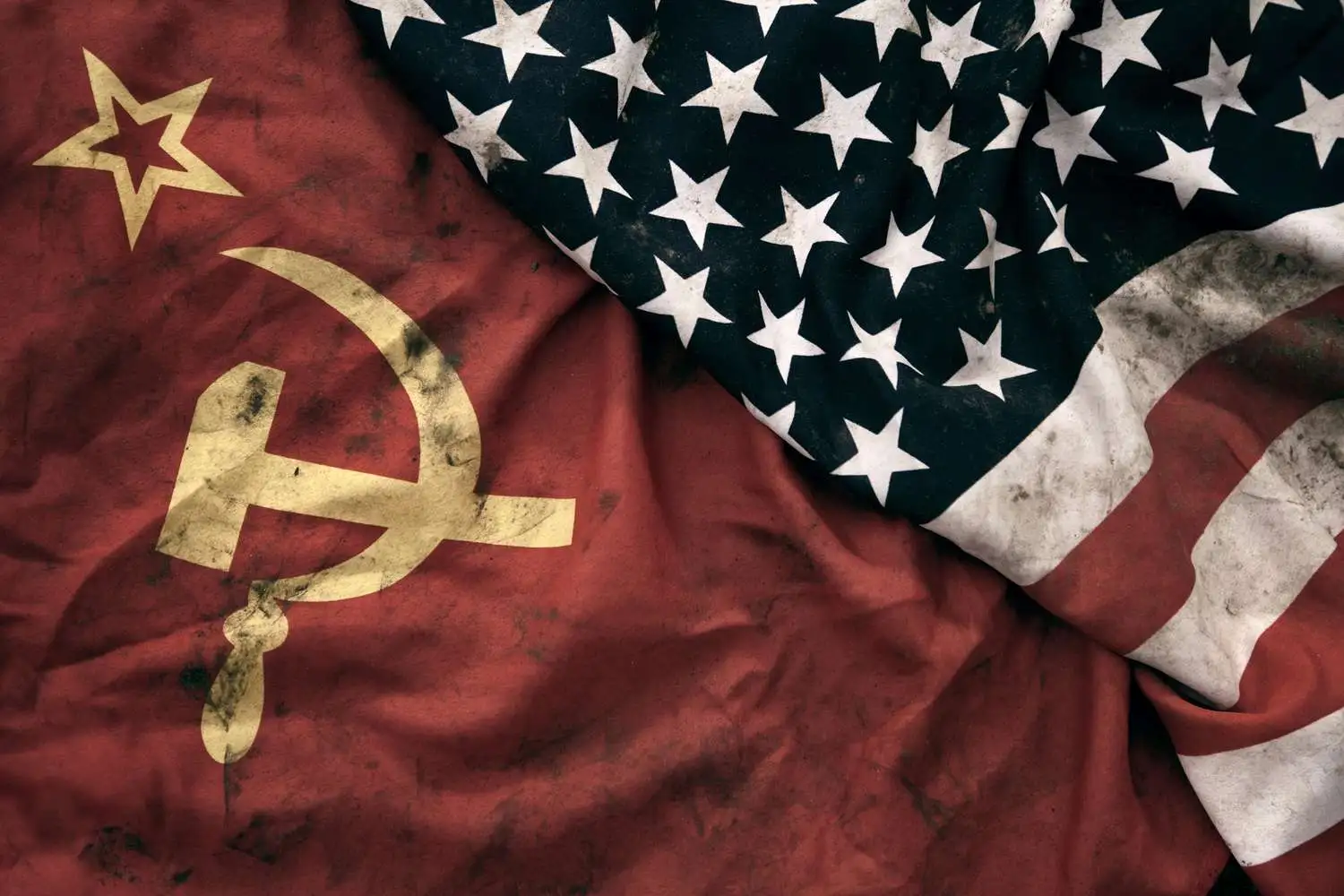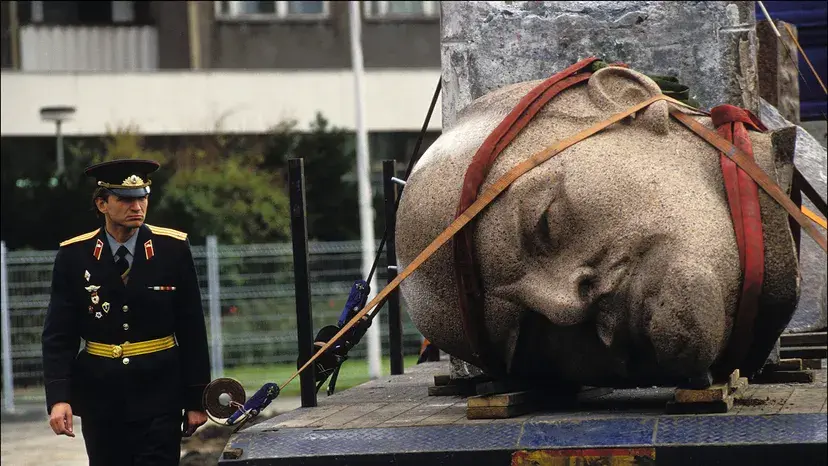The Cold War between the United States and the Soviet Union was a defining moment in history. Lasting from the end of World War II in 1945 until the early 1990s, it was characterized by tension, rivalry, and the threat of nuclear annihilation. In this article, we will delve into the key factors that led to the Cold War and explore how the competition between these two superpowers shaped world politics.
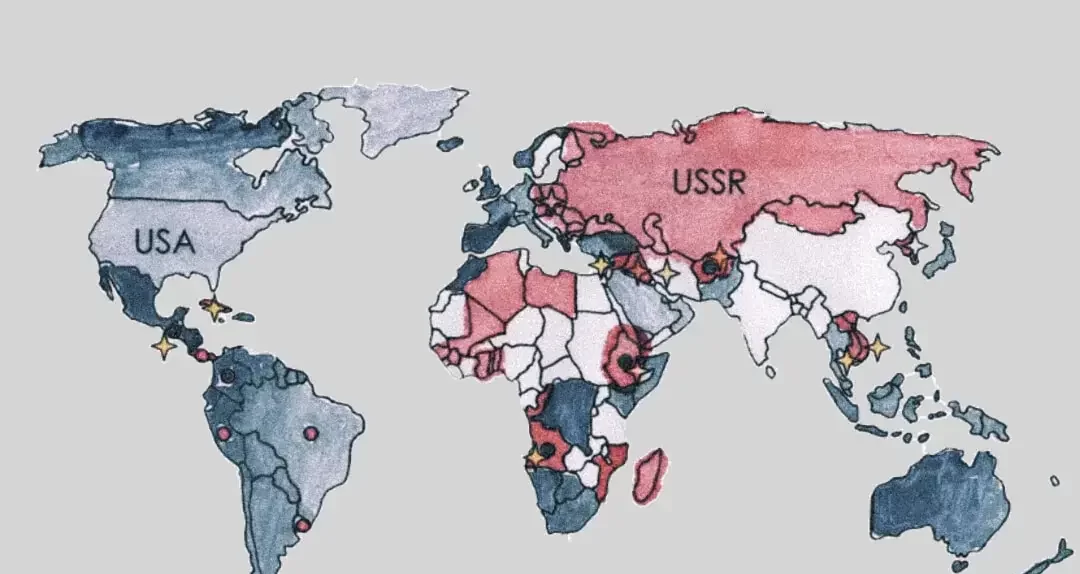
Causes of the Cold War
The origins of the Cold War can be traced back to the aftermath of World War II. The wartime alliance between the United States and the Soviet Union began to unravel as soon as the common enemy, Nazi Germany, was defeated. At the heart of the conflict were fundamental ideological differences between the two nations.
Firstly, there was a stark contrast in economic systems. The United States championed capitalism, a free-market economy characterized by private ownership and individual freedoms. On the other hand, the Soviet Union promoted communism, an ideology that advocated for collective ownership of the means of production and the elimination of social classes.
Secondly, there were territorial and geopolitical concerns. The Yalta Conference held in 1945, which aimed to determine the post-war world order, highlighted the tensions between the two superpowers. Disagreements arose over the division of Germany and the future of Eastern European countries liberated from Nazi control.
Lastly, there was a mutual lack of trust and fear of aggression. The United States, having developed the atomic bomb, viewed the Soviet Union’s pursuit of nuclear weapons as a direct threat to its security. Simultaneously, the Soviet Union felt encircled by the United States and its allies, leading to a heightened sense of insecurity.
Key Players in the Cold War – USA and USSR
The Cold War was primarily a conflict between two superpowers – the United States and the Soviet Union. These nations, both possessing immense military capabilities and global influence, became the driving forces behind the ideological struggle that defined the era.
The United States emerged from World War II as the world’s leading industrial and military power. It saw itself as the defender of democracy and capitalism against the spread of communism. Led by presidents such as Harry Truman and Ronald Reagan, the United States pursued policies aimed at containing Soviet influence and promoting American values worldwide.
On the other side of the Iron Curtain, the Soviet Union, under the leadership of Joseph Stalin and later Nikita Khrushchev, sought to establish communism as the dominant ideology. The Soviet Union aimed to spread its influence across Eastern Europe and beyond, supporting communist movements and regimes in various countries.
Ideological Differences Between the USA and USSR
The ideological differences between the United States and the Soviet Union were at the core of the Cold War. Capitalism and communism represented two opposing worldviews, each with its own set of values and principles.
Capitalism, as championed by the United States, emphasized individual freedom, private enterprise, and the pursuit of profit. It believed in the power of competition and the market to drive economic growth and innovation. Capitalism also valued political pluralism and individual rights, such as freedom of speech and religion.
Communism, on the other hand, aimed to create a classless society where the means of production are owned collectively. The Soviet Union believed in central planning, state control of industry, and the redistribution of wealth. It sought to eliminate social inequality and create a more equitable society. However, this often came at the expense of individual liberties and political pluralism.
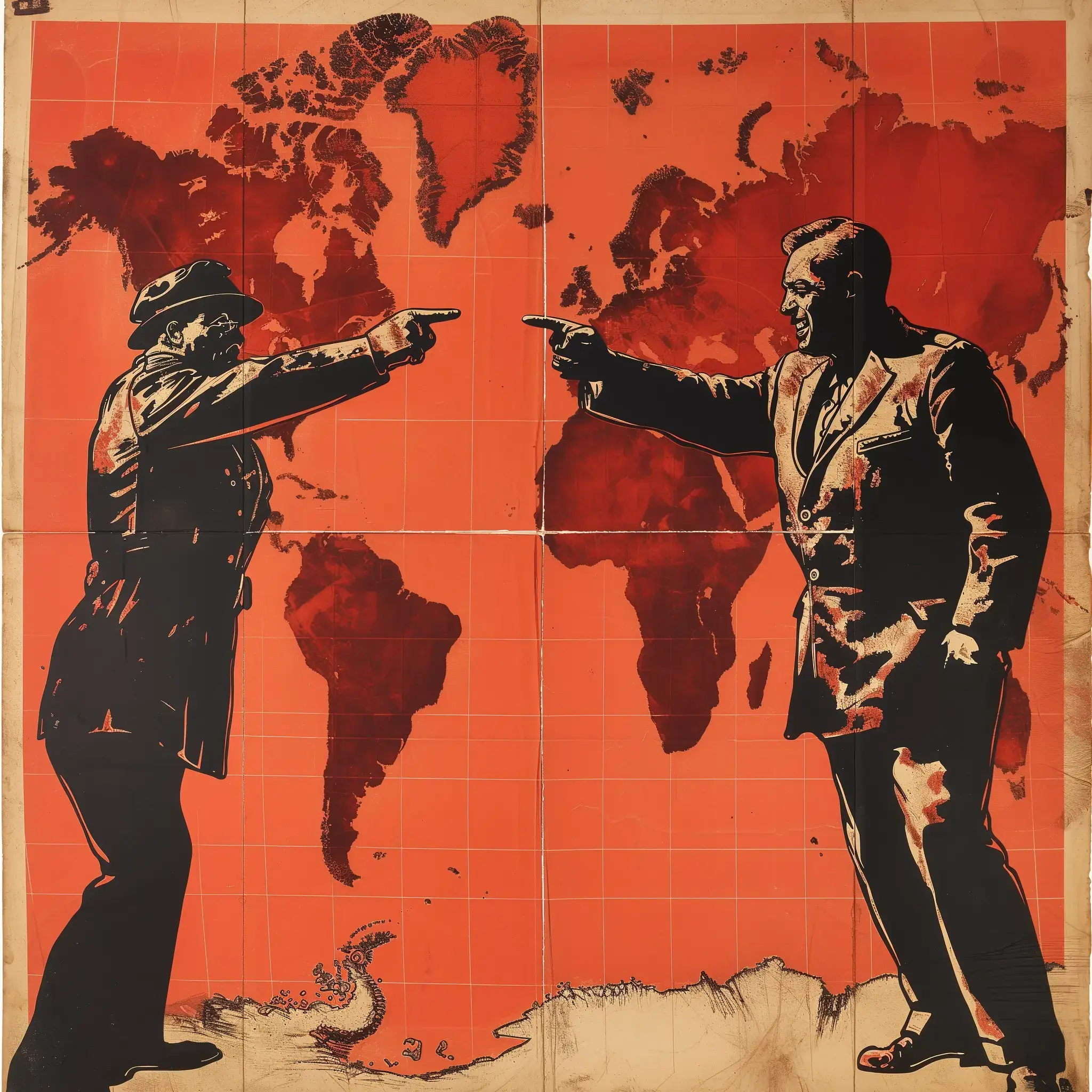
Major Events and Conflicts During the Cold War
The Cold War was characterized by a series of major events and conflicts that heightened tensions between the United States and the Soviet Union. These events had a profound impact on global politics and brought the world to the brink of nuclear war.
One of the most significant events of the Cold War was the Cuban Missile Crisis in 1962. The United States discovered that the Soviet Union had deployed nuclear missiles in Cuba, just a stone’s throw away from American shores. This led to a tense standoff, with the world holding its breath as both superpowers engaged in a high-stakes game of brinkmanship. Fortunately, a peaceful resolution was reached, but the crisis served as a stark reminder of the potential consequences of the Cold War.
The arms race was another critical aspect of the Cold War. Both the United States and the Soviet Union engaged in a relentless competition to develop and stockpile nuclear weapons. This led to a dangerous escalation of military capabilities and a constant state of fear regarding the possibility of a nuclear conflict. The arms race had significant economic implications, as both nations allocated immense resources to their military-industrial complexes.
Proxy wars were another feature of the Cold War. Rather than engaging in direct conflict, the United States and the Soviet Union fought through smaller, ideologically aligned nations. Examples of proxy wars include the Korean War and the Vietnam War, where the United States supported South Korea and South Vietnam, respectively, while the Soviet Union backed North Korea and North Vietnam. These conflicts allowed the superpowers to exert their influence while minimizing the risk of direct confrontation.
The Arms Race and Nuclear Weapons
The arms race between the United States and the Soviet Union was a defining characteristic of the Cold War. Both nations sought to outdo each other in the development and deployment of nuclear weapons, leading to a dangerous buildup of arms.
The United States kicked off the race with the development of the atomic bomb during World War II. The Soviet Union, recognizing the strategic advantage of nuclear weapons, quickly followed suit and successfully tested its first atomic bomb in 1949. This marked the beginning of a new era, where the destructive power of these weapons became a constant threat.
The arms race extended beyond nuclear weapons. Both superpowers sought to develop advanced military technologies, such as intercontinental ballistic missiles (ICBMs), submarines, and strategic bombers. These advancements allowed for the delivery of nuclear warheads across vast distances, increasing the potential for catastrophic destruction.
The arms race had a significant impact on the global economy. Massive amounts of resources were diverted towards military spending, often at the expense of social welfare programs and economic development. The constant fear of nuclear annihilation also created a climate of uncertainty and stifled innovation.
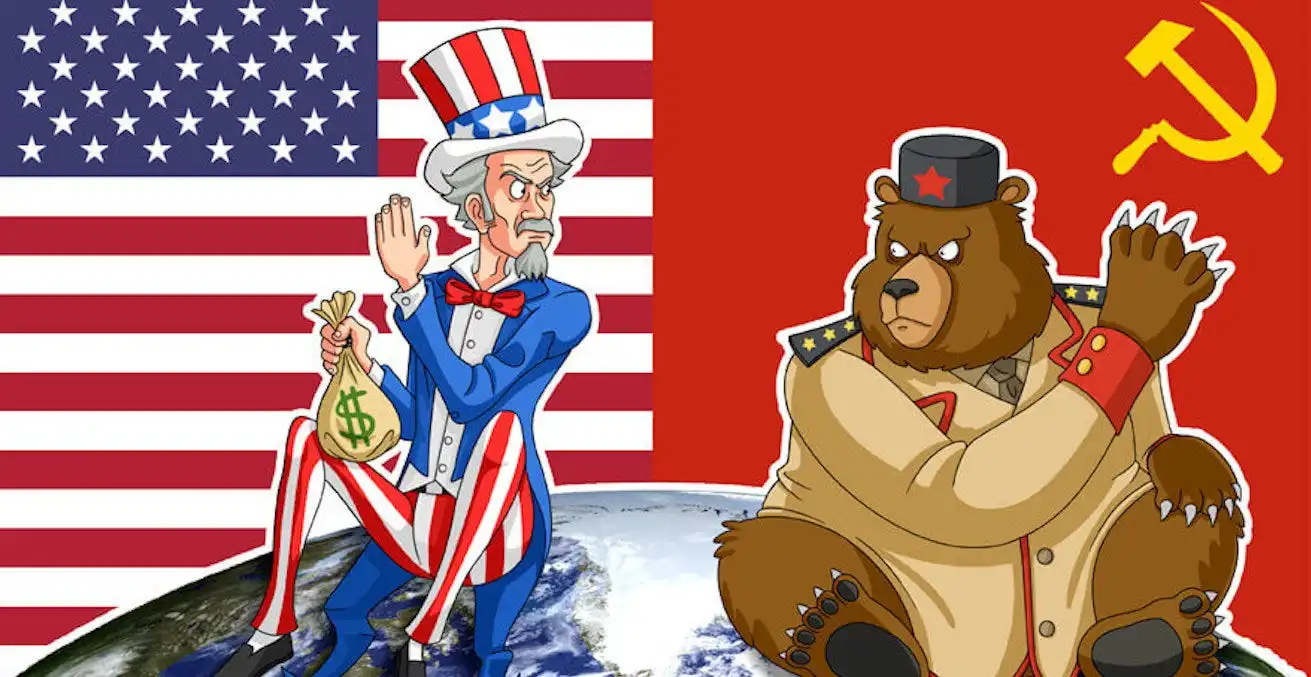
Proxy Wars During the Cold War
Proxy wars became a common strategy employed by the United States and the Soviet Union during the Cold War. Rather than engaging in direct conflict, both superpowers supported and armed smaller nations aligned with their respective ideologies.
The Korean War, which lasted from 1950 to 1953, was a key proxy war of the Cold War. The United States supported South Korea in its fight against North Korea, which was backed by the Soviet Union and China. The conflict further intensified the divide between the two superpowers, leading to a divided Korea that still exists today.
The Vietnam War was another major proxy war. The United States supported South Vietnam in its fight against the communist forces of North Vietnam, which were backed by the Soviet Union and China. The conflict dragged on for over a decade and resulted in a significant loss of life and a deeply divided American society.
Proxy wars allowed the United States and the Soviet Union to exert their influence without risking direct confrontation. However, these conflicts often led to immense suffering for the nations and people caught in the crossfire.
Cold War Propaganda and Espionage
Propaganda and espionage played a crucial role in shaping public opinion and gathering intelligence during the Cold War. Both the United States and the Soviet Union engaged in elaborate campaigns to sway public perception and gain an advantage over their adversaries.
Propaganda was used to promote each nation’s ideology and discredit the other. The United States, for example, employed tactics such as radio broadcasts and cultural exchanges to showcase the benefits of capitalism and democracy. Similarly, the Soviet Union utilized state-controlled media and propaganda posters to promote the virtues of communism and criticize the perceived flaws of capitalism.
Espionage was also prevalent during the Cold War. Both the United States and the Soviet Union invested heavily in intelligence agencies to gather information and gain an edge in the ongoing struggle. Spies operated covertly, infiltrating enemy organizations and stealing classified information. The most famous example is the case of the Cambridge Five, a group of British spies who passed sensitive information to the Soviet Union during the early years of the Cold War.
The End of the Cold War
The Cold War came to an end in the late 1980s and early 1990s, marking a significant turning point in world history. The Soviet Union, faced with internal economic and political challenges, began to collapse. The policies of Soviet leader Mikhail Gorbachev, such as perestroika (restructuring) and glasnost (openness), aimed to address these issues but inadvertently led to the unraveling of the Soviet Union.
The fall of the Berlin Wall in 1989 symbolized the end of the Cold War division between East and West. The reunification of Germany in 1990 further solidified the shift towards a post-Cold War world order. The Soviet Union officially dissolved on December 26, 1991, marking the end of an era.
The end of the Cold War had far-reaching implications. It led to a realignment of global power dynamics, with the United States emerging as the sole superpower. It also opened up new opportunities for diplomacy and cooperation between former adversaries. However, the legacy of the Cold War continues to shape international relations and global politics to this day.
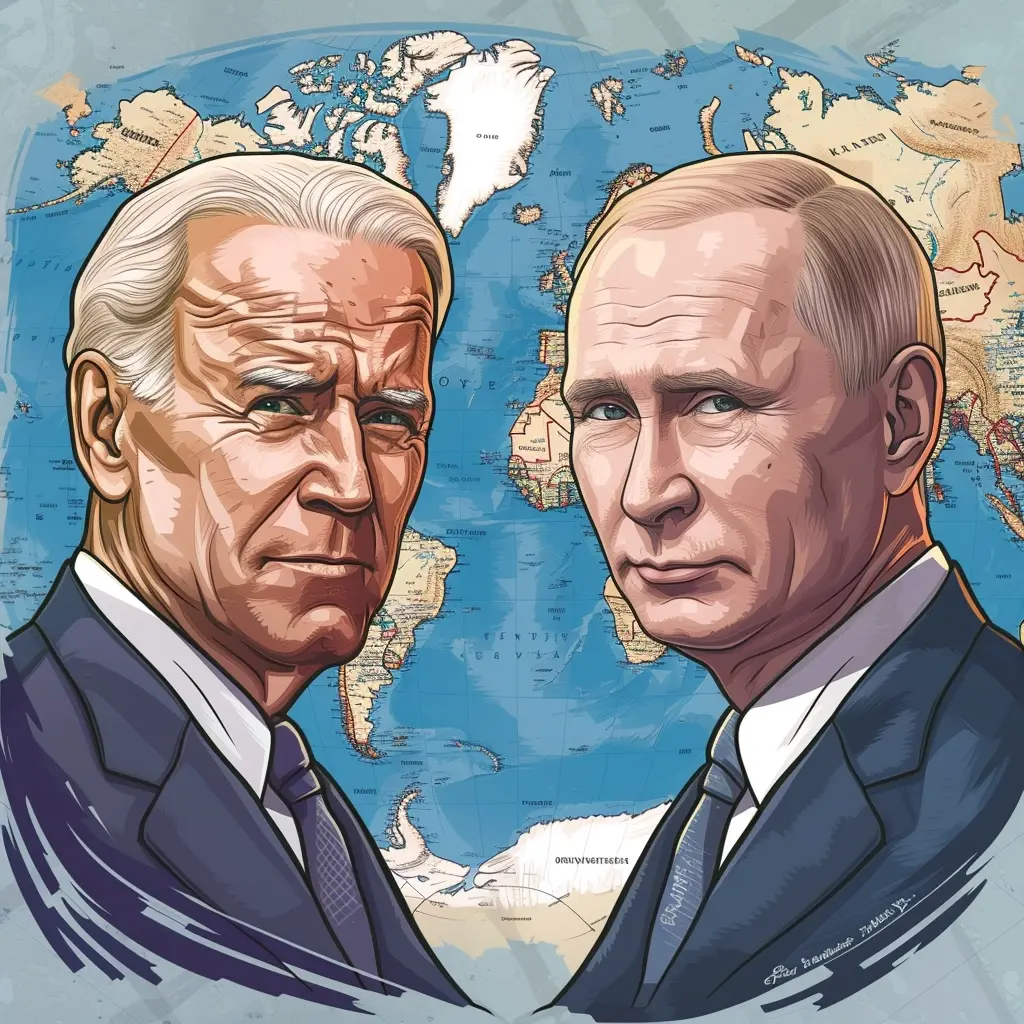
Conclusion
The Cold War between the United States and the Soviet Union was a complex and multifaceted conflict that spanned several decades. It was fueled by ideological differences, geopolitical concerns, and a mutual fear of aggression. The competition between these two superpowers shaped world politics and had a profound impact on global security, economics, and culture.
Understanding the causes, events, and consequences of the Cold War provides valuable insights into the dynamics of international relations. It allows us to appreciate the significance of this era in shaping the modern world and serves as a reminder of the dangers of unchecked ideological rivalries. The lessons learned from the Cold War continue to inform our approach to diplomacy, conflict resolution, and the pursuit of a peaceful coexistence in a rapidly changing world.
If you found this exploration of the Cold War intriguing, we encourage you to delve further into global dynamics by reading our insightful article on the evolving relationship between India and China. Their story, rich in historical context and contemporary significance, provides another fascinating lens through which to view the intricate tapestry of global politics.

